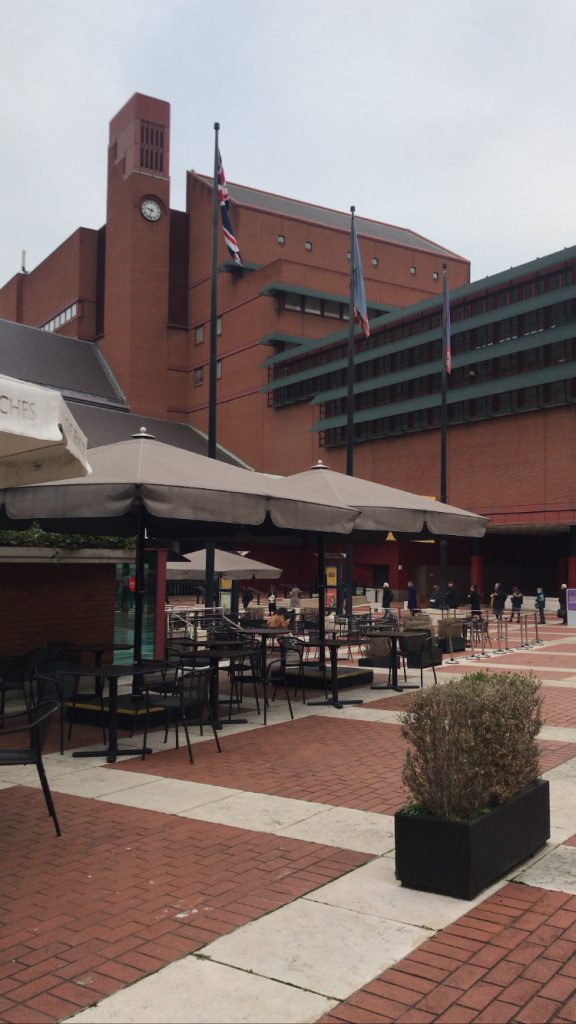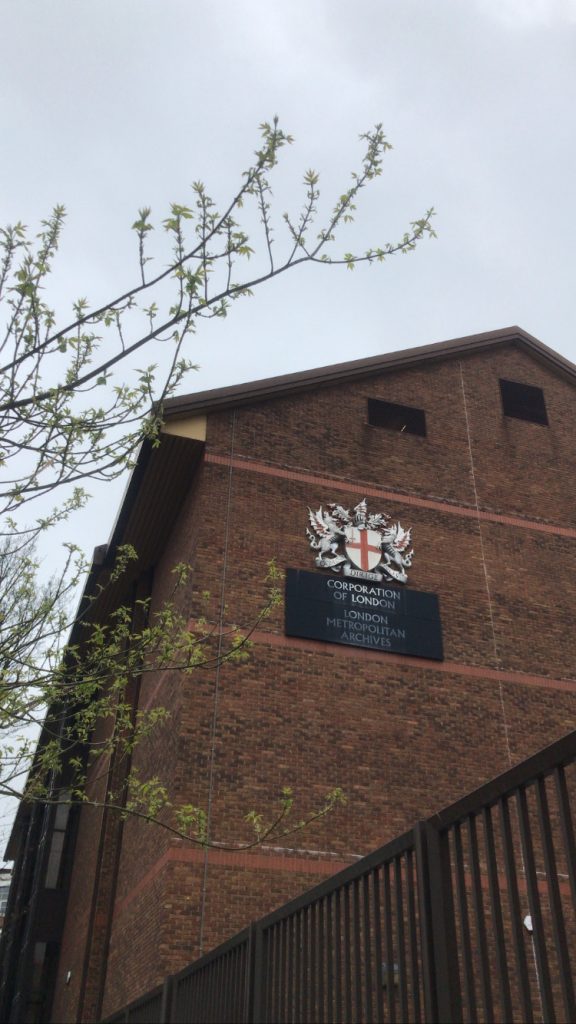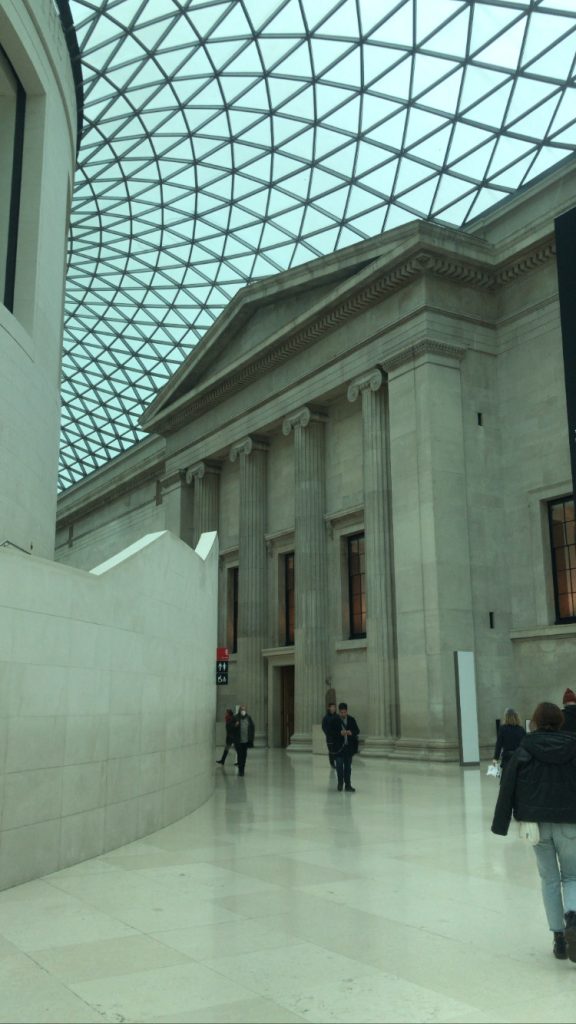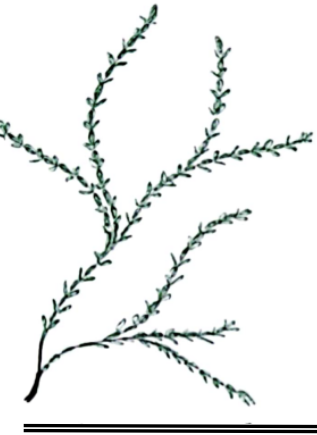In late March of 2021, I spent my time library hopping searching and gathering data from archival records for my doctoral research in London. I spent a week in various archives, libraries and museums, interacted with a range of written sources and artefacts and discussed my research with staff at these institutions.
My first stop was the British Library. Here I examined the library’s coin handlists, a list giving all their South Asian coin holdings with their respective details, to check if the coin collectors I am researching donated any coins to the India Office Library, which contained the records of the administration in London of the East India Company and the pre-1947 government of India. These collections were subsequently merged with what became the British Library in London.

Besides my doctoral research, I volunteer with the Royal Albert Memorial Museum (RAMM) in Exeter. I work with World Cultures curator, Tony Eccles, researching the story of the donors who have donated objects to the museum. This research took me to the London Metropolitan Archives where I was following the company records of Peek Brothers and Company, dealers in tea, coffee, and spices. One of their members, an astronomer, Sir Cuthbert Edgar Peek, donated 157 ethnographic artefacts to RAMM in 1900. In the two days spent in the archives, I was looking for clues to understand how he acquired the objects he donated to RAMM.

To unwind on the second day, I went to the Wellcome collection, a free museum and library exploring health and human experience. I viewed their exhibition Rooted Beings which is a powerful commentary on our relationships with plants. The exhibition also addressed the impacts of colonial expeditions on the exploitation of natural resources and indigenous knowledges as well as showcased how their cultivation helped in the expansion of Empire. Another exhibition, Medicine Man narrated the history of Sir Henry Wellcome, the collector whose collections found the bulk of the objects in the museum. The objects were interspersed with short textual commentaries from artists, scholars and creative practitioners where they tried to address the collection’s colonial legacies in thought-provoking ways. I was very inspired by this creative technique to address difficult histories. The Wellcome collection’s reading room, which is a quirky and interesting hybrid of a library and museum, was a great spot to end the day and catch up on some emails and work.
The primary purpose of this research trip to London was to examine the coin collections and records in the British Museum. This material would then help me write a chapter on R B Whitehead, one of the collectors I am researching. I had an appointment in the Coins and Medals Department Reading Room, where I examined the coin catalogues of the museum to understand the acquisition histories of their South Asian collections. The accession registers and museum minutes gave me further insights into how the acquisition of the coins was negotiated between the collector and the museum.

In the British Museum, I met with the staff in the South Asia as well as the Coins and Medals department. Dr Helen Wang, Curator of East Asian Money helped me navigate the department’s archives and collections and understand how acquisition records were kept and stored. Dr Sushma Jansari, Tabor Foundation Curator of South Asia, was kind enough to give me some insights into her curatorial practice and where she has highlighted Indian voices through various objects in the museum’s South Asia gallery.
My supervisors, Professor Nandini Chatterjee and Dr Shailendra Bhandare joined me in the Museum. We looked at some of the Mughal coins in the collection together. It was very exciting to discuss the iconography and provenance of these coins, especially that of Mughal Emperor Jahangir’s (r. 1605- 27) famous zodiacal coins. I had written my Masters’ dissertation on Jahangir’s contentious relationship with his father, the emperor Akbar (r. 1555- 1605). Jahangir often used portraits, architecture, and paintings to express his idiom of rule. I had examined the imagery on some of Jahangir’s coins in the dissertation through photographs online. However, holding the coins in my hand and experiencing their texture, size and materiality were thrilling.
In the five days, I had a wonderful time traversing various museums and libraries in the city. Their collections, display practices and innovative exhibitions gave me plenty of food for thought. I left the city very excited to incorporate the archival material I researched into the writing of my thesis.
